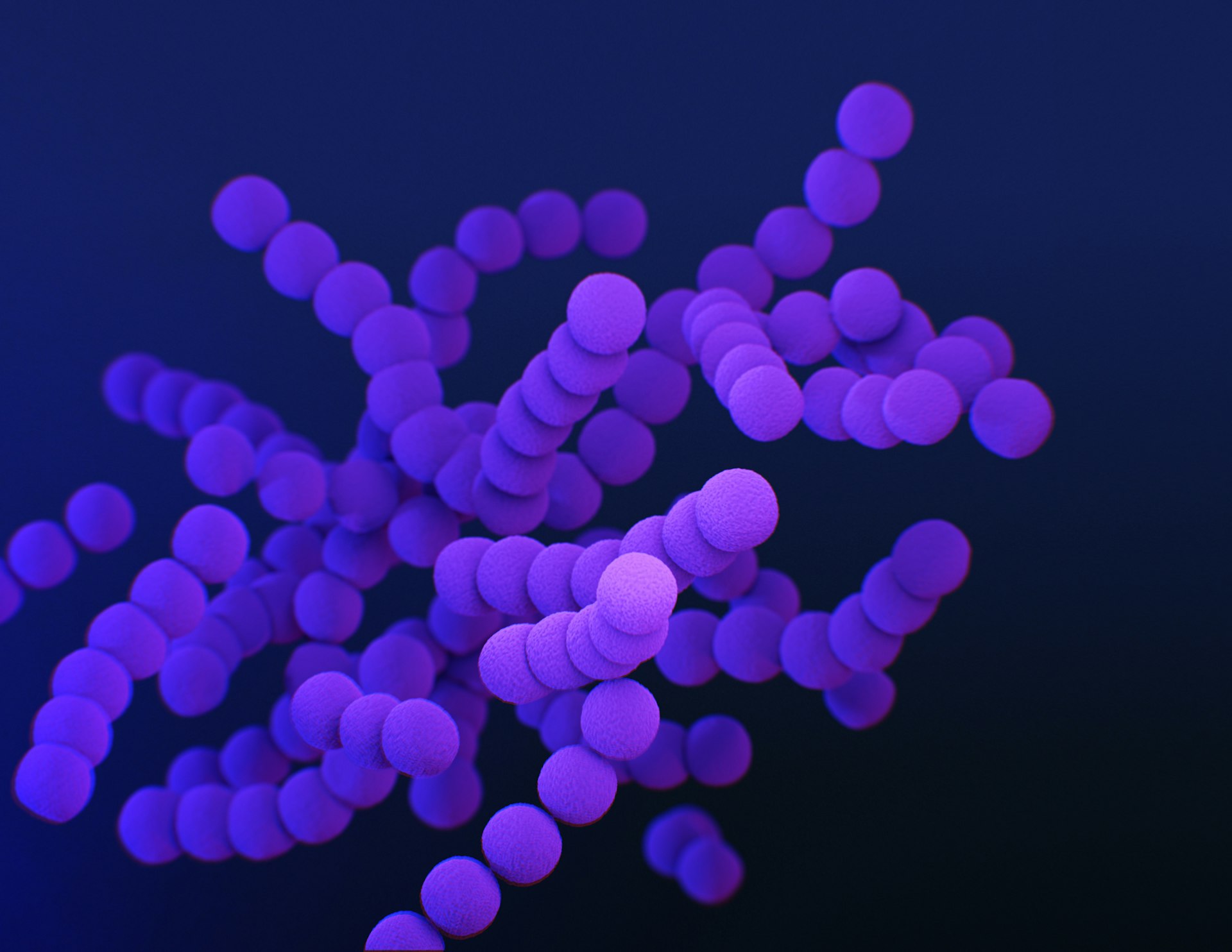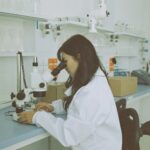AI-Driven Drug Discovery: Shaping the Next Era of Pharma Innovation


Photo by CDC on Unsplash
Introduction: A New Age for Drug Discovery
The pharmaceutical industry is undergoing a profound transformation as artificial intelligence (AI) becomes a cornerstone of drug discovery and development. AI-driven platforms are revolutionizing how new therapeutics are identified, designed, and brought to market, promising to reduce costs, improve success rates, and accelerate timelines. With emerging technologies and evolving workflows, the future of drug discovery looks dramatically different from just a few years ago. Here, we explore the major trends, real-world examples, practical steps for engagement, and what lies ahead in this rapidly evolving landscape.
The Rise of AI in Drug Discovery
AI has evolved from a promising concept to an essential tool in pharmaceutical research, now influencing every stage from target identification to clinical development. According to industry analysis , by 2025, nearly 30% of new drugs are expected to be discovered with the help of AI, marking a seismic shift in the field. The market for AI in drug discovery alone is projected to grow from $1.5 billion in 2023 to approximately $13 billion by 2032, reflecting increasing adoption and confidence in these technologies [1] .
Machine learning algorithms are now routinely used to:
- Predict molecular targets and prioritize promising compounds
- Estimate pharmacokinetic properties and safety profiles
- Screen vast chemical libraries in silico, reducing the need for costly and time-consuming lab experiments
Recent research shows that integrating AI-based analysis with traditional methods can improve hit rates by up to 50-fold and enhance mechanistic understanding for regulatory and clinical translation [2] .
Breakthroughs and Case Studies
AI-powered platforms are no longer just theoretical. For example, Exscientia’s Centaur Chemist platform enabled the design of a novel cancer drug that moved into clinical trials just one year after initial conception-a process that typically takes several years using conventional techniques [1] . Such advances demonstrate how AI can compress timelines, reduce costs by up to 40%, and open new therapeutic avenues. In another instance, Insilico Medicine’s generative AI platform has shown promise in exploring uncharted disease targets and matching drug mechanisms to specific patient populations, potentially unlocking treatments for previously untreatable conditions [3] .
Beyond individual companies, research institutions such as Argonne National Laboratory and the University of Sheffield are developing
self-driving labs
-fully automated facilities where AI systems design, execute, and analyze experiments in a continuous feedback loop, further accelerating discovery and reducing manual labor
[4]
.
Key Benefits of AI-Driven Drug Discovery
The future of AI-driven drug discovery offers a range of tangible benefits, including:
- Accelerated timelines: AI can reduce drug development cycles from five years to as little as 12-18 months in some cases.
- Cost savings: Automated screening and smart prioritization can cut discovery costs by up to 40% [1] .
- Improved success rates: Enhanced target selection and virtual screening increase the likelihood of clinical approval.
- Personalized medicine: AI enables better matching of therapies to patient subgroups using clinical and genomic data [5] .
- Repurposing existing drugs: AI can identify new indications for approved drugs, speeding up access to new treatments.
How to Access AI-Driven Opportunities
For organizations and professionals interested in leveraging AI for drug discovery, several pathways are available:
- Collaborate with AI-driven companies: Partner with established firms such as Exscientia or Insilico Medicine, which offer access to proprietary platforms and expertise.
- Engage with research consortia: Many academic institutions run collaborative programs that invite industry participation. You can search for partnerships at leading research universities or national laboratories.
- Adopt commercial AI platforms: Numerous AI drug discovery solutions are available for licensing or subscription. Evaluate offerings based on published case studies and regulatory validation.
- Participate in industry conferences: Major biotech events and AI in pharma conferences often feature showcases of the latest platforms and networking opportunities for new collaborations.
-
Stay informed through peer-reviewed journals:
Regularly review journals such as
Nature Biotechnology
and
Drug Discovery Today
for the latest research and validated methodologies.
If you are a researcher or company looking to implement AI tools, you may begin by:
- Identifying unmet needs in your discovery pipeline that could benefit from predictive modeling or automation
- Evaluating open-source or commercial AI toolkits for molecular modeling, target identification, or virtual screening
- Building internal computational expertise, or collaborating with external AI specialists
For guidance on getting started, consider reaching out to leading academic centers’ technology transfer offices or exploring industry trade groups such as the Pharmaceutical Research and Manufacturers of America (PhRMA).
Challenges and Solutions
Despite the promise, several challenges exist:
- Data quality and integration: AI models require large, well-annotated datasets. Collaboration between pharma, biotech, and healthcare providers is crucial to aggregate and harmonize data sources.
- Regulatory uncertainty: The path to approval for AI-designed drugs is evolving. Close coordination with regulatory agencies and transparent reporting of AI methodologies can help smooth the process.
- Talent shortages: The demand for expertise in both life sciences and AI is high. Companies may address this by investing in training or forming multidisciplinary teams.
- Ethical and privacy considerations: Responsible use of patient data is paramount. Adhering to established data privacy laws and ethical guidelines is essential for building trust and ensuring compliance.
To address these challenges, organizations should implement robust data governance frameworks, engage early with regulators, and invest in workforce development. Alternative approaches, such as federated learning and privacy-preserving analytics, are also gaining traction to mitigate data-sharing concerns.

Photo by Mufid Majnun on Unsplash
Future Trends and What to Expect
The next decade will see even greater integration of AI in drug discovery, with several key trends emerging:
- Self-driving laboratories: Automated labs guided by AI will become increasingly common, enabling round-the-clock experimentation and optimization [4] .
- Quantum machine learning: As quantum computing matures, it could further enhance the ability to model complex molecular interactions, unlocking new frontiers in drug design.
- Expanded use of generative AI: Platforms that create novel molecular structures based on desired properties will open entirely new chemical and therapeutic spaces [3] .
- Personalized and precision medicine: AI will allow deeper integration of clinical, genomic, and real-world data to tailor therapies for individual patients, improving outcomes and reducing adverse effects [5] .
To stay ahead, professionals and organizations should monitor industry publications, participate in collaborative data sharing initiatives, and advocate for policies supporting responsible AI innovation.
Step-by-Step Guidance for Getting Involved
If you are interested in leveraging AI-driven drug discovery, consider the following steps:
- Assess your needs: Identify specific bottlenecks or challenges in your organization’s drug discovery pipeline.
- Research available solutions: Compare AI platforms and providers by reviewing published validation studies and case reports.
- Initiate pilot projects: Start with small-scale projects to evaluate the impact of AI on your workflow, measuring key metrics such as time savings, cost reduction, or improved predictive accuracy.
- Build partnerships: Engage with academic centers, technology incubators, or industry consortia to access expertise and shared resources.
- Invest in training: Upskill your team through online courses, workshops, or certifications in AI and data science as applied to life sciences.
- Engage with regulatory authorities: If developing AI-generated drug candidates, consult with agencies such as the U.S. Food and Drug Administration (FDA) early in the process to understand submission requirements.
For further information, you can search for leading AI drug discovery companies or consult the technology transfer offices at major research universities. Consider joining professional organizations such as the American Association of Pharmaceutical Scientists (AAPS) for networking and educational resources.
Key Takeaways
AI-driven drug discovery is reshaping the pharmaceutical industry, offering faster development, reduced costs, and new hope for complex diseases. While challenges remain, the convergence of data science, automation, and biomedical research is propelling the sector into an era of unprecedented opportunity. By understanding the landscape, building strategic partnerships, and adopting best practices, both organizations and individuals can position themselves for success in this dynamic field.
References
- [1] Coherent Solutions (2024). AI in Pharma and Biotech: Market Trends 2025 and Beyond.
- [2] Pelago Bio (2025). Top 5 Drug Discovery Trends 2025 Driving Breakthroughs.
- [3] Drug Target Review (2024). Early evidence and emerging trends: How AI is shaping drug discovery and clinical development.
- [4] DrugPatentWatch (2024). The Application of Machine Learning in Drug Discovery: Revolutionizing Pharmaceutical Research.
- [5] BioSupply Trends Quarterly (2024). Pharma 5: Trailblazing Tech Trends of 2025.




